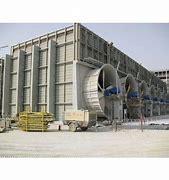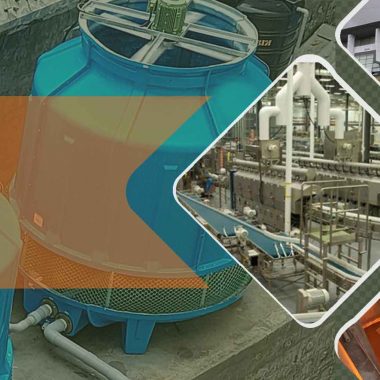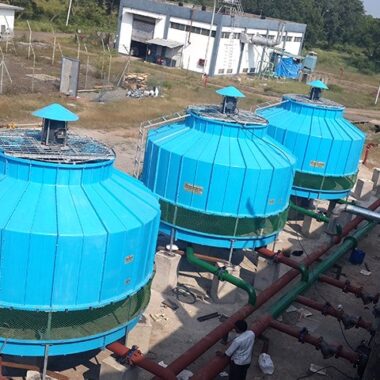Cooling Towers & how they works?

Cooling Towers
A cooling tower is a tool for extracting heat. By interacting with air and water, it cools the water and dissipates waste heat into the atmosphere. Cooling towers are useful for industrial procedures because industrial equipment produces a lot of heat. Facilities require dependable heat dissipation methods to keep their working spaces cool. And decrease the danger of breakdowns and fire.
How Does it works?
Cooling towers are essential for lowering the temperature of process water and preventing equipment from overheating. They are popular in manufacturing facilities and many structures. They are important in industrial facilities including thermal power plants, chemical plants, and oil refineries.
A cooling towers can range in size from a few square feet to several hundred feet. Also The various sizes allow for various load arrangements. The basic task of every cooling tower is to expand the space where air and water can interact. A bigger surface area results in more effective evaporation. And more effective evaporation results in faster cooling.
Hot industrial process water typically flows in from the top and enters the cooling towers. After that, the water descends through the cooling tower. Equipment inside the tower disperses the water over a vast surface area while it does this. Frequently, this is accomplished by dispersing the water into tiny droplets or thin films that have a higher surface area than deep water in a tank. The increased water-to-air contact promotes heat transmission via evaporation.
Water runs through the cooling tower, shedding heat as it goes, until it reaches the sump at the bottom. Most of the cold water from the sump is returned to cool the hot equipment. After that Water returns to the cooling tower when heat transfer from the machinery heats it up once more, and the cycle is repeated.



